New images reveal Neptune and Uranus in different colours than originally thought
Voyager 2 images from the 1980s led to 'modern misconception'
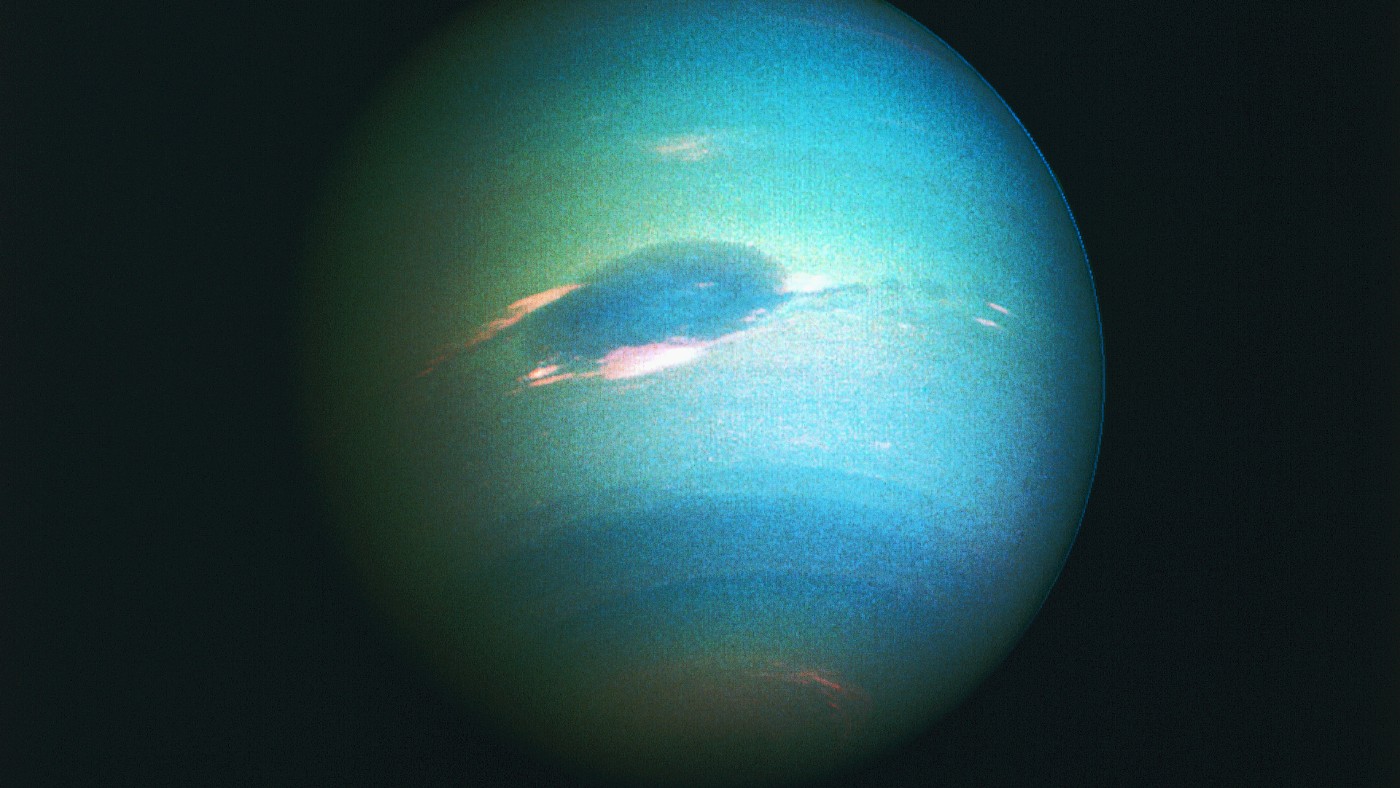
The two most distant planets in our solar system look more like each other than was previously thought, experts have found.
Many people think of Neptune as being a rich blue colour, and Uranus more green, but a team from the University of Oxford found that the two ice giants, are actually a "similar shade of greenish blue", said Sky News.
The perception of Neptune as much darker and bluer than Uranus was "cemented" when pictures were sent back by the Voyager 2 probe after it flew by the two planets in 1986 and 1989, said The Times.
The Week
Escape your echo chamber. Get the facts behind the news, plus analysis from multiple perspectives.

Sign up for The Week's Free Newsletters
From our morning news briefing to a weekly Good News Newsletter, get the best of The Week delivered directly to your inbox.
From our morning news briefing to a weekly Good News Newsletter, get the best of The Week delivered directly to your inbox.
Although Voyager 2 was a "monumental success", said the Daily Mail, it "actually resulted in the modern misconception of what the two planets look like".
The images it took in single colours "combined to create composite images that showed the planets to be cyan and azure, respectively", said Space.com. But experts have found that the images of Neptune, which is named after the Roman god of the sea, were made "artificially too blue" when handled by Nasa.
Colour images of planets are "highly processed" and "may not reveal the true colour the human eye would see", explained Patrick Irwin, professor of planetary physics at the University of Oxford, who led the new study, on The Conversation. Particularly in the case of Neptune, the composites were often made too blue.
Although the "artificially saturated colour was known at the time amongst planetary scientists", and the images were "released with captions explaining it", that distinction "had become lost over time", Irwin added.
A free daily email with the biggest news stories of the day – and the best features from TheWeek.com
Other experts have welcomed the news. Dr Heidi Hammel, of the Association of Universities for Research in Astronomy, told Sky News that the "misperception of Neptune's colour, as well as the unusual colour changes of Uranus, have bedevilled us for decades", but the new study "should finally put both issues to rest".
Chas Newkey-Burden has been part of The Week Digital team for more than a decade and a journalist for 25 years, starting out on the irreverent football weekly 90 Minutes, before moving to lifestyle magazines Loaded and Attitude. He was a columnist for The Big Issue and landed a world exclusive with David Beckham that became the weekly magazine’s bestselling issue. He now writes regularly for The Guardian, The Telegraph, The Independent, Metro, FourFourTwo and the i new site. He is also the author of a number of non-fiction books.
-
 The week’s best photos
The week’s best photosIn Pictures A man's best friend, the elephants in the room, and more
-
 A TikTok trend has Gen Z men leaving streetwear behind for more preppy attire
A TikTok trend has Gen Z men leaving streetwear behind for more preppy attireThe Explainer More than a zipper: Young Black men embrace the ‘quarter-zip movement‘
-
 Codeword: December 12, 2025
Codeword: December 12, 2025The daily codeword puzzle from The Week
-
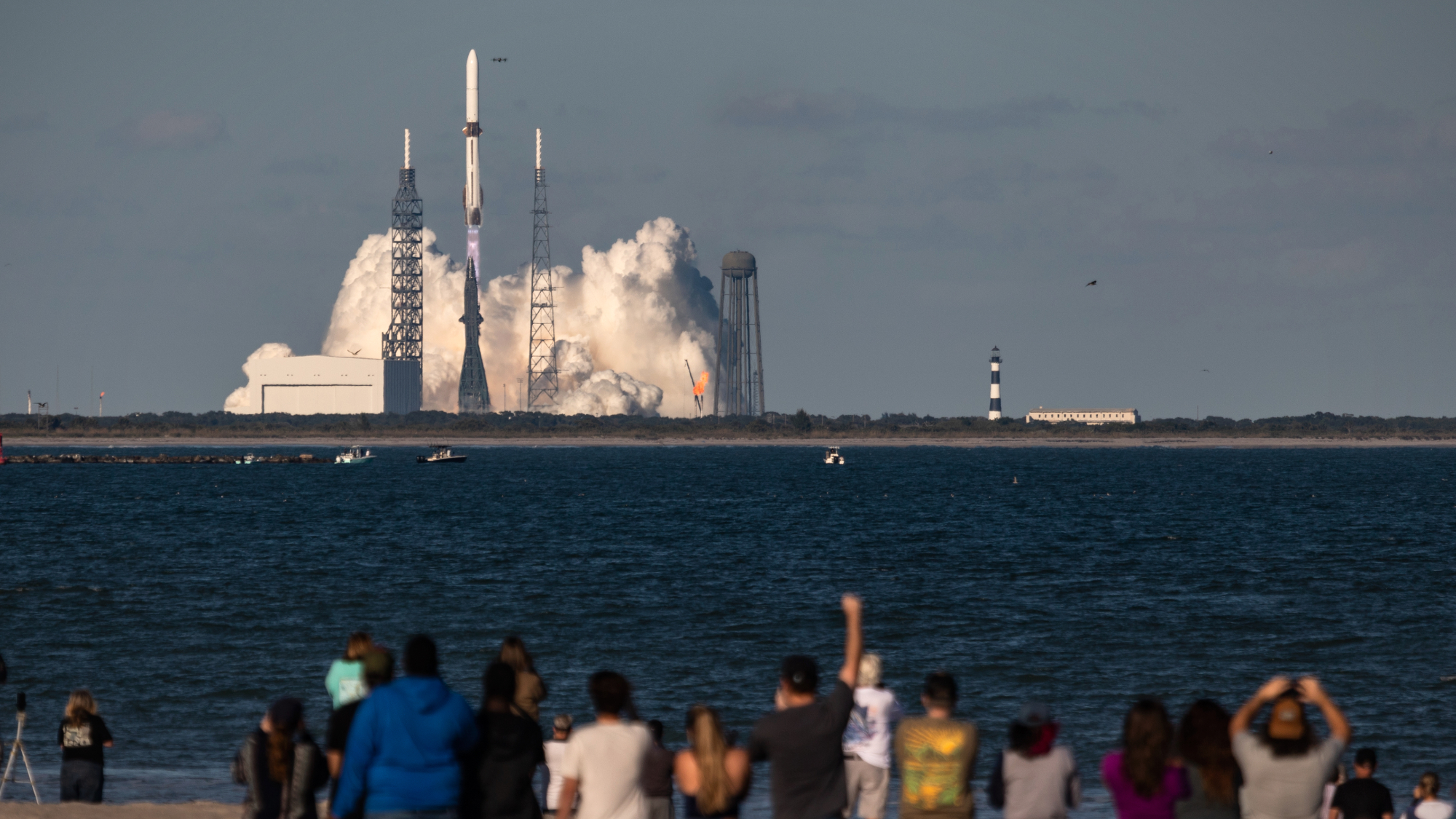 Blue Origin launches Mars probes in NASA debut
Blue Origin launches Mars probes in NASA debutSpeed Read The New Glenn rocket is carrying small twin spacecraft toward Mars as part of NASA’s Escapade mission
-
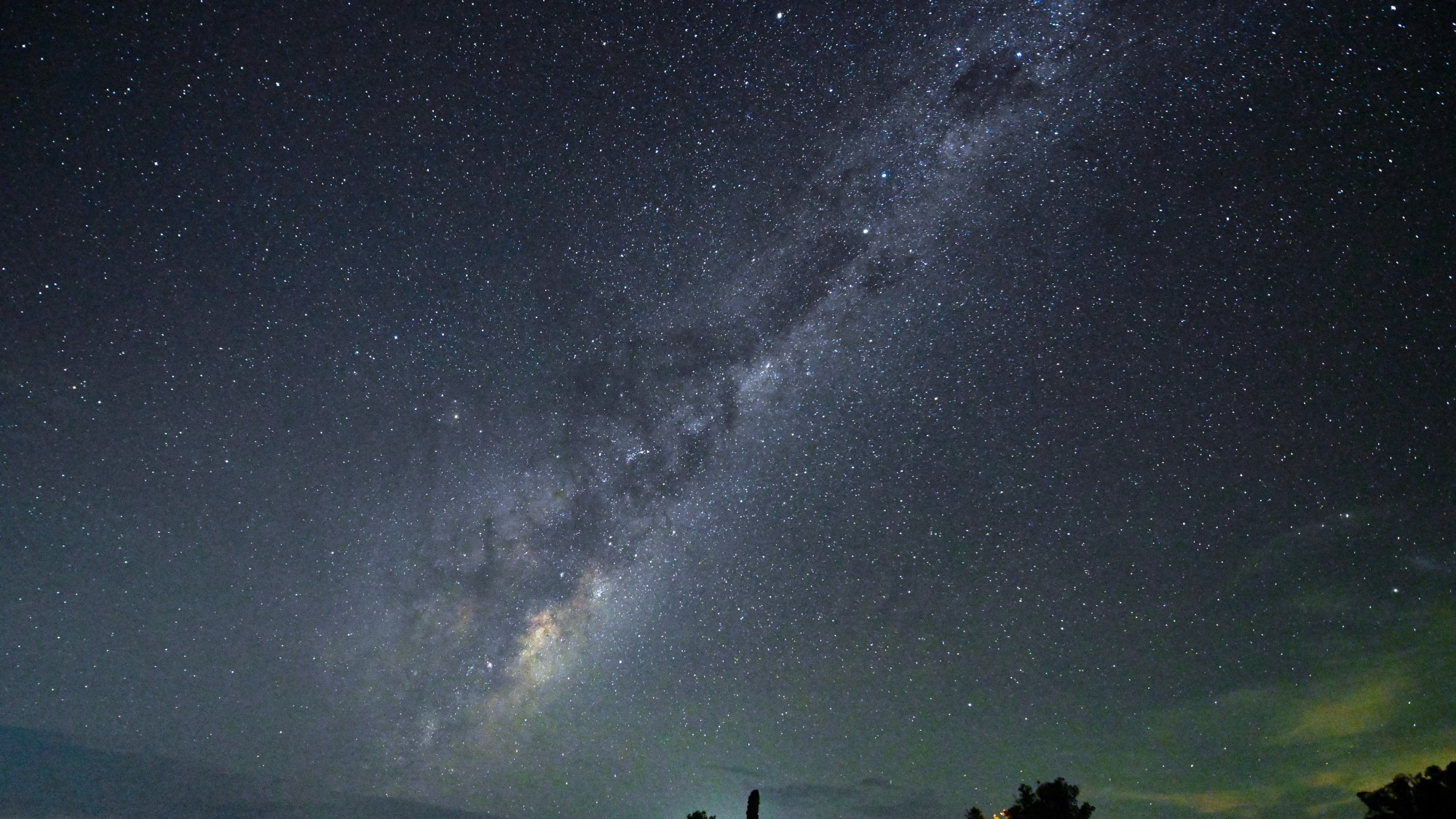 ‘The Big Crunch’: why science is divided over the future of the universe
‘The Big Crunch’: why science is divided over the future of the universeThe Explainer New study upends the prevailing theory about dark matter and says it is weakening
-
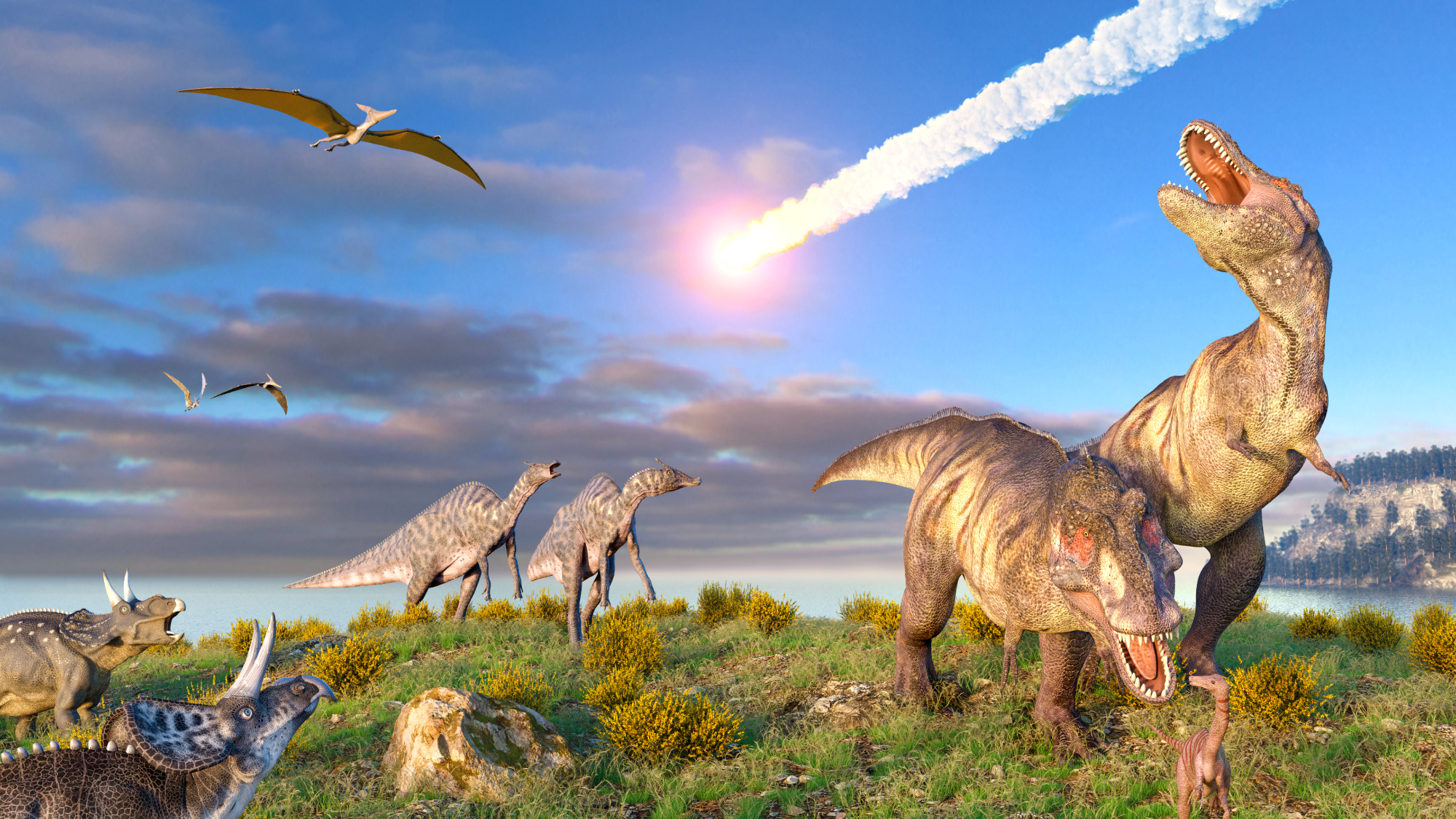 Dinosaurs were thriving before asteroid, study finds
Dinosaurs were thriving before asteroid, study findsSpeed Read The dinosaurs would not have gone extinct if not for the asteroid
-
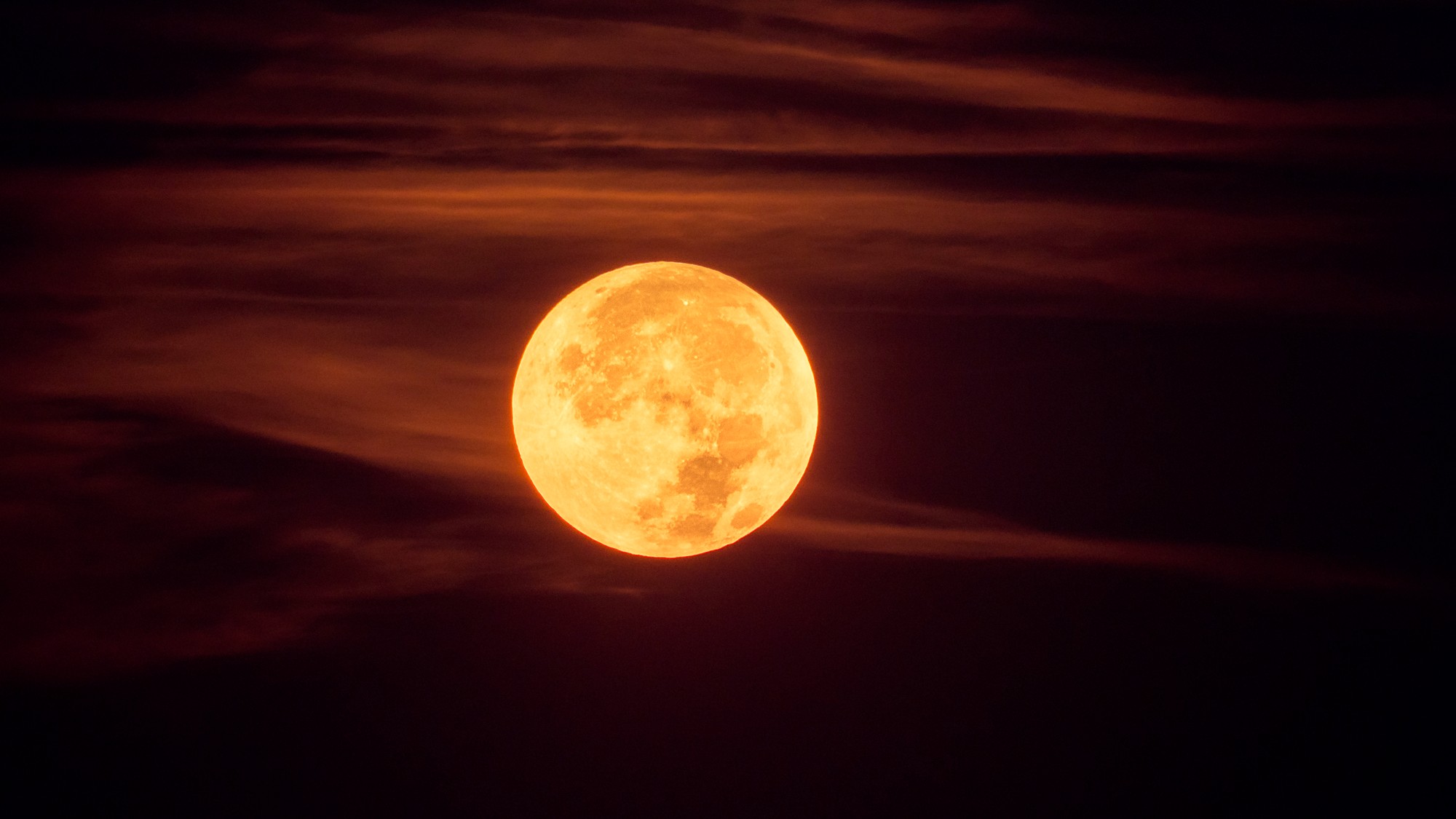 The moon is rusting
The moon is rustingUnder the radar The Earth is likely to blame
-
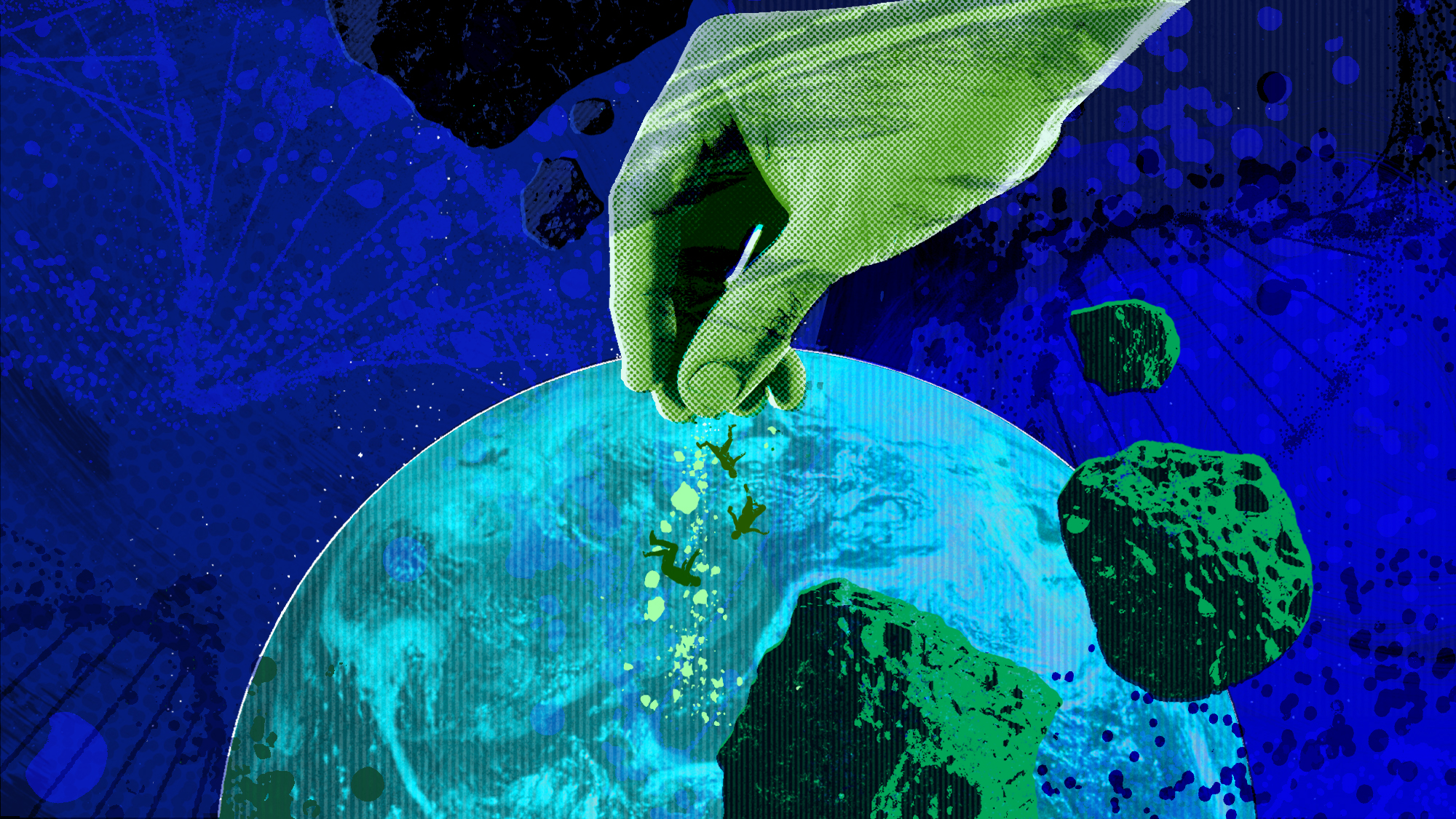 Panspermia: the theory that life was sent to Earth by aliens
Panspermia: the theory that life was sent to Earth by aliensUnder The Radar New findings have resurfaced an old, controversial idea
-
 Africa could become the next frontier for space programs
Africa could become the next frontier for space programsThe Explainer China and the US are both working on space applications for Africa
-
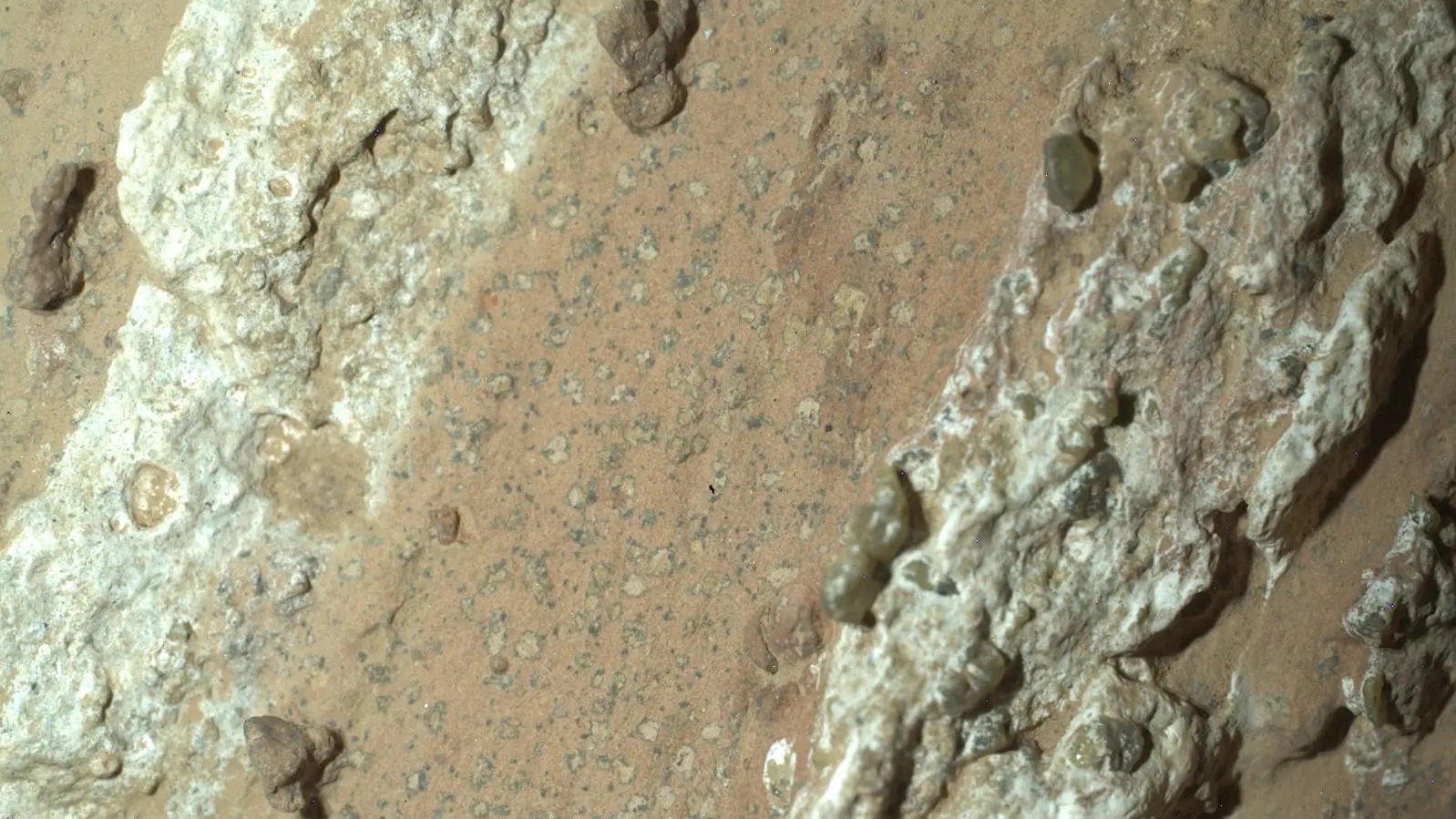 NASA reveals ‘clearest sign of life’ on Mars yet
NASA reveals ‘clearest sign of life’ on Mars yetSpeed Read The evidence came in the form of a rock sample collected on the planet
-
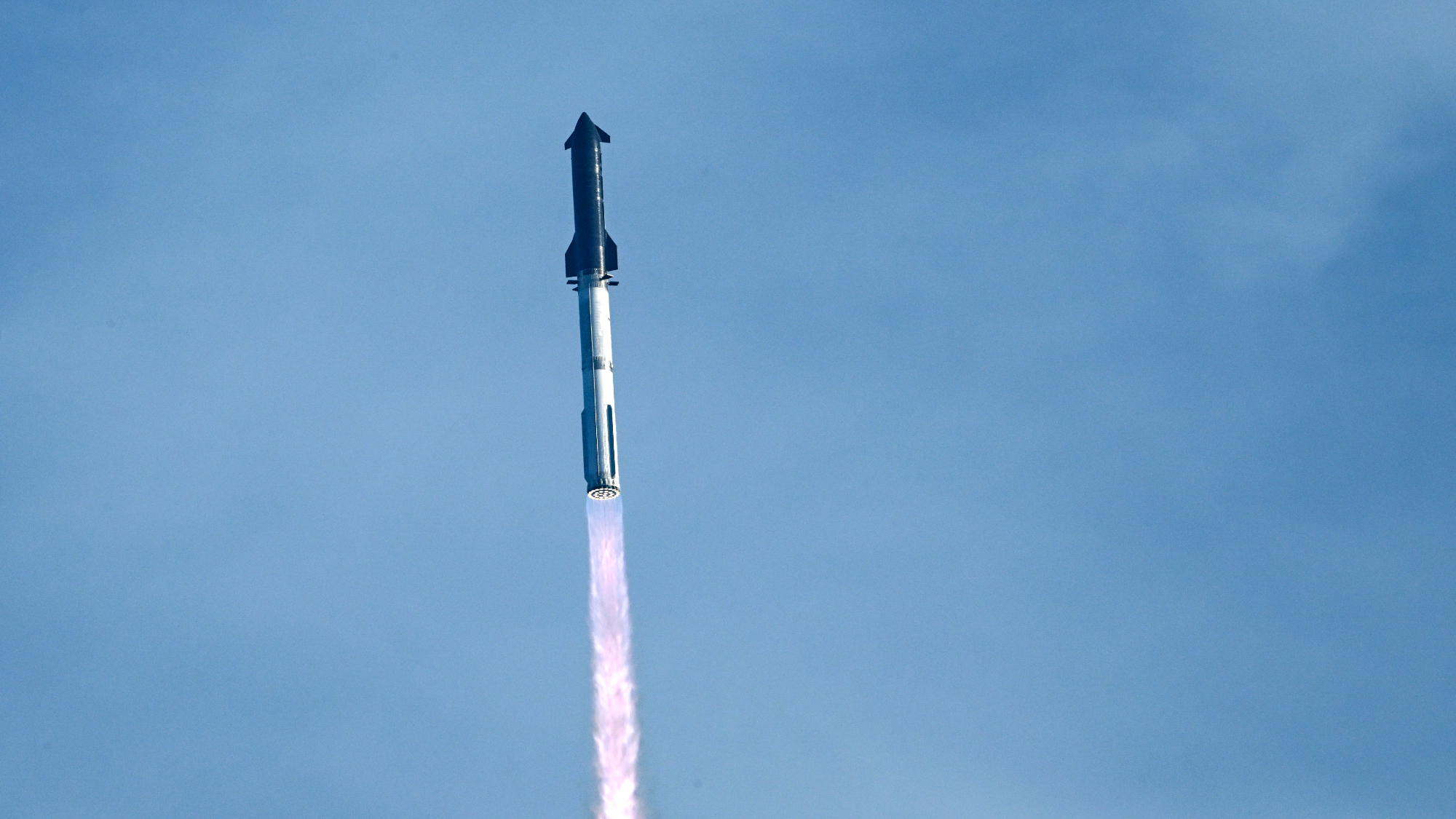 SpaceX breaks Starship losing streak in 10th test
SpaceX breaks Starship losing streak in 10th testspeed read The Starship rocket's test flight was largely successful, deploying eight dummy satellites during its hour in space